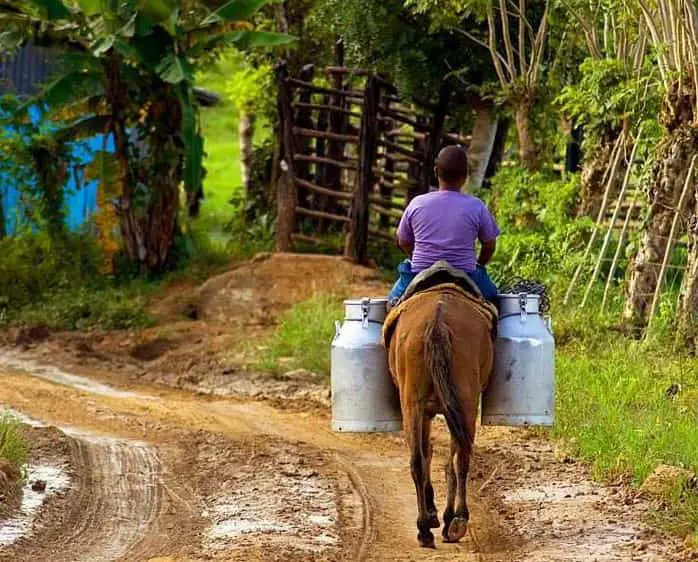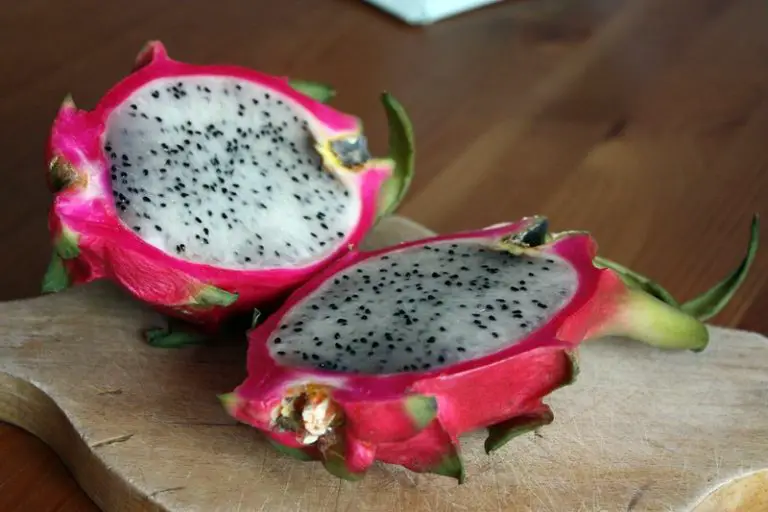The Peaceful Rural Lifestyle In The Dominican Republic

The Dominican rural area is characterized by its tranquility, its unhurried lifestyle, and its incredible natural beauty. It is where some cultural, architectural, and transportation features of ancient times predominate.
In the countryside, one gets in touch with nature, with the very essence of life. The countryside helps to always keep in mind what is really important in life. In the cities, we live a very secular, very complicated life.
The traffic jams, the heat that because of the buildings the breeze does not alleviate, the noise of the vehicles.
In spite of the comforts that cities offer, in spite of the amusement options of cities, they are tiring. In the countryside life is something spiritual, simple, natural.
There are still places where the Taino lifestyle, the “native” lifestyle of the Antilles, predominates. It is a lifestyle that with the passing of time and the continuous modernization of Dominican society will disappear completely.
“It is not he who has the most who is richest, but he who needs the least”
Traditional Dominican architecture has wood as its main construction material, whether they are sticks, palm boards, rustic boards, or industrialized wood, covered with palm fronds and palm pods, patchouli, wood planks, and corrugated zinc sheets.
This architecture is becoming more and more threatened and at least its authenticity and harmony will disappear.
Since the middle of the 19th century and throughout the 20th century, zinc sheets are introduced in the Dominican vernacular and popular architecture, which due to their ease of use and ease of obtaining, will be more and more used both in urban and rural areas.
The Dominican Republic is a country with great agricultural potential and was endowed by nature with soils of great fertility, this country in the Caribbean region has land suitable for crops in different lines or products.
These attributes place Dominican agriculture in a position to produce different types of agricultural goods in the different regions of the country.
The northern zone produces coffee, one of the traditional export products, as well as tobacco in the area of Santiago de los Caballeros, tubers in the province of Espaillat, rice and oilseeds in La Vega and Bonao.

In the northern zone, 150 kilometers away from Santo Domingo, is the Constanza Valley, a natural center for the production of all types of orchard products.
Farmers in this valley are engaged in horticulture, growing potatoes, garlic and vegetables in general. It should be noted that the northern region is a center of pig and poultry producers.
In the southern region, in the province of San Juan de la Maguana, located 200 kilometers from Santo Domingo, capital of the Dominican Republic, agricultural producers grow leguminous crops such as beans.
In this zone is located the province of Peravia, 65 kilometers away from the capital, and part of its lands are destined for the cultivation of vegetable products. The southern zone also produces bananas.
In the eastern zone, the country has large extensions of land for the production of sugar cane and livestock.










